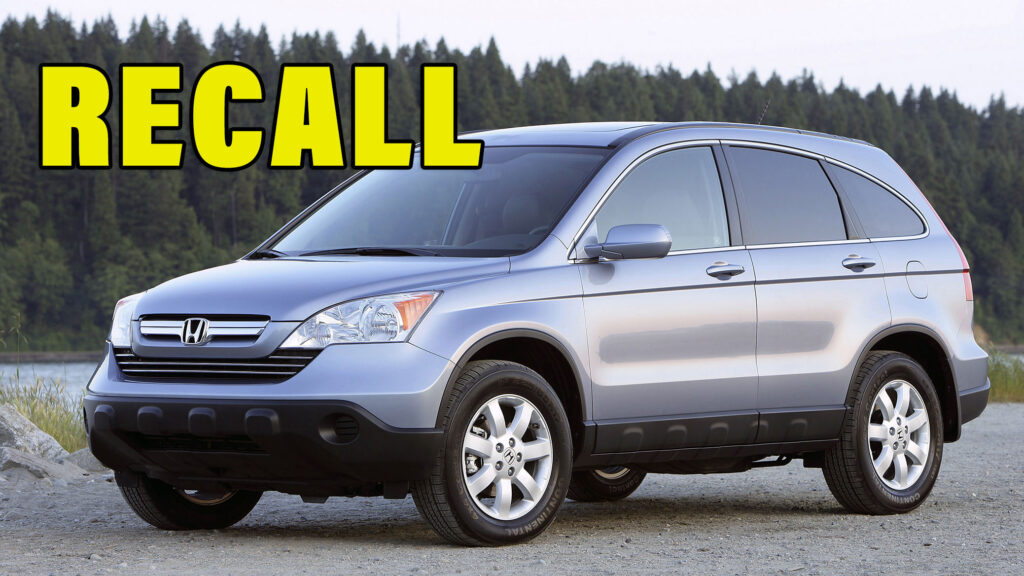Honda has announced a major recall that affects a 536,711 CR-Vs built between 2007 and 2011, but if you live in Florida, Calfornia or any other sunny state, you’re going to miss out on the free dealer coffee.
The recall is to check for chassis corrosion and only affects third-generation CR-Vs that were originally sold, or have ever been registered, in 23 states known for their tough winters. You can check out the full list of states in the table below.
The corrosion affecting some cars is the result of road salt and de-icing agents used during bad weather that can get into the body structure though drainage holes and rot the metal from the inside. In a worst case scenario the mounting for the rear trailing arm could become so corroded that the arm might detach from the car, which would certainly make for some interesting handling quirks.
Honda has received 61 customer complaints from U.S. drivers relating to the issue, but claims the issue has yet to cause any injuries. Erring on the safe side, though, Honda is recalling 2007-11 CR-Vs to dealers where shop technicians will check to see if the rear trialing arm bolt can be removed. If it can, the dealer will install a chassis support brace that will “lower the risk” of a severe crash if the trailing arm fails, which doesn’t exactly sound like peace of mind to us.
Related: 450,000 Honda Vehicles Recalled For Potential Seatbelt Malfunction
If the trailing arm then falls off with the brace attached, or if the trailing arm bolt can’t be removed, the dealer will either repair the chassis structure or offer to repurchase the vehicle. Honda is also offering to reimburse any CR-V drivers who have already paid for a similar repair out of the their own pocket.
CR-V drivers in Canada might be experiencing a sense of deja-vu reading this because Honda has known about this problem for years and already issued a recall for Canadian vehicles in January 2019. But the automaker determined then that American CR-Vs were subjected to less extreme conditions and declined to issue a recall.
Props to Honda for finally offering to fix the problem, though, and reminding us how much more responsible automakers are overall than they were in the past. Back in the 1970s and 1980s corrosion, including on safety related parts of the body structure, was a fact of life and anyone driving a well-worn British or Italian car would have felt like they’d won the lottery if a brand like Alfa Romeo told them it was going to fix the rot in their 15-year-old ride FOC.




